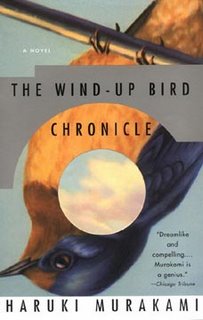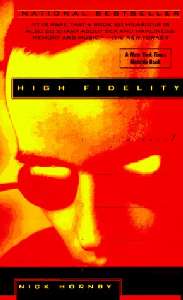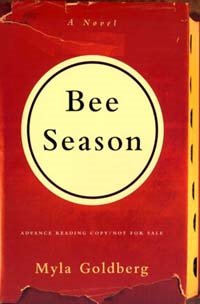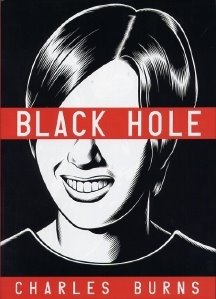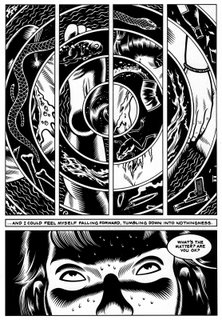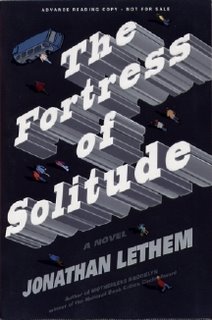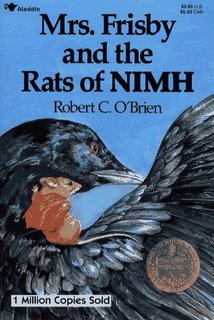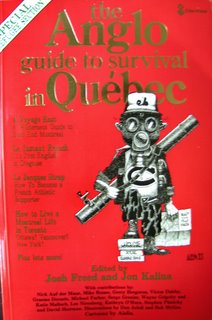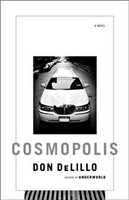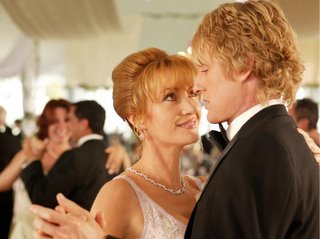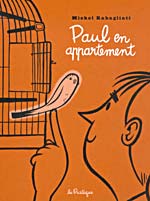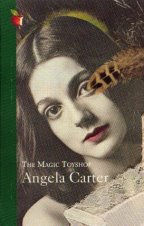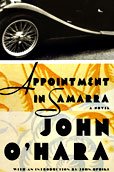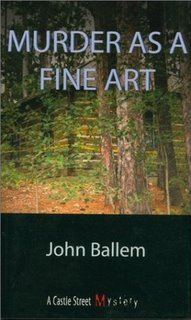
This was read in August. I originally got this book for my dad since he enjoys reading mystery thrillers, plus I was still living in Banff and working at the Banff Centre for the Arts at the time. And I read a review saying that Ballem does a very good job of recreating the intimate community of artists doing short-term residencies in the famous artist colony. So I thought that this would give my dad a bit of an idea of what my experience was like, at least with hobnobbing and collaborating with artists at the Centre… not the part with psycho-killers and grisly murders!
However, other than prima donnas spazzing out, flamboyant egos clashing, and the worse thing of all, having to endure bad performance art every now and then… and believe me, there were some atrocious ones, and usually those ones make the headlines (there was once an artist from Mexico City who apparently masturbated at various well-known locations in the town of Banff, then presented the results of his work by carting around a dozen or so test tubes of his semen along Banff Avenue). So yup, other than that, there was never anything as exciting and dramatic as a juicy murder.
Anyway, I’m really too lazy to write a concise review of the novel (it took me over a month to get off my ass to even write this), so I’m quoting this excellent one from: http://gauntlet.ucalgary.ca/story/8198
"The novel opens with the discovery of Alan Montrose, who has fatally fallen down a flight of stairs in the Banff Centre for the Arts. Even though the death is classified as an accident, visual artist Laura Janeway becomes suspicious. Laura uses her keen sense of observation to work with the authorities to discover the truth, especially after a second death comes into play. Yet when she discovers a motive, she must dispel the suspect's air-tight alibi. It is obvious Ballem has a great knowledge of Banff and the Banff Centre. His accuracy not only allows those who have been to Sulphur Mountain or the Upper Hot Springs to mentally retrace their trip, but also includes those who have never seen Banff themselves. Ballem's use of details effectively illustrates the text and at the same time does not slow the book's pace. The characters are well developed and well described. Each character's individual art form is well researched and gives a sense of variety in the Centre. However, there are a few instances when Corporal Karen Lindstrom, the Mountie heading the investigation, and Laura Janeway appear to be the same person. This leads to some confusion."
So reading about psycho-killers and dead bodies, well, gave a slight whiff of unreality. At times I really had to force myself to suspend my disbelief, saying there’s no way that would ever happen at the Banff Centre, no matter how loopy the artist is! Nevertheless, Ballem did such a good job capturing the non-dramatic stuff this ultimately made a very enjoyable read with a fairly surprising, but kind of unlikely, twist at the end. For anyone who enjoys a decent mystery thriller, who wants to get a feel for what life is like being a residency artist at the BCFTA and being out n’ about in the town of Banff, then this book is worth checking out. Parts of it really took me back to those good ol’ days.


